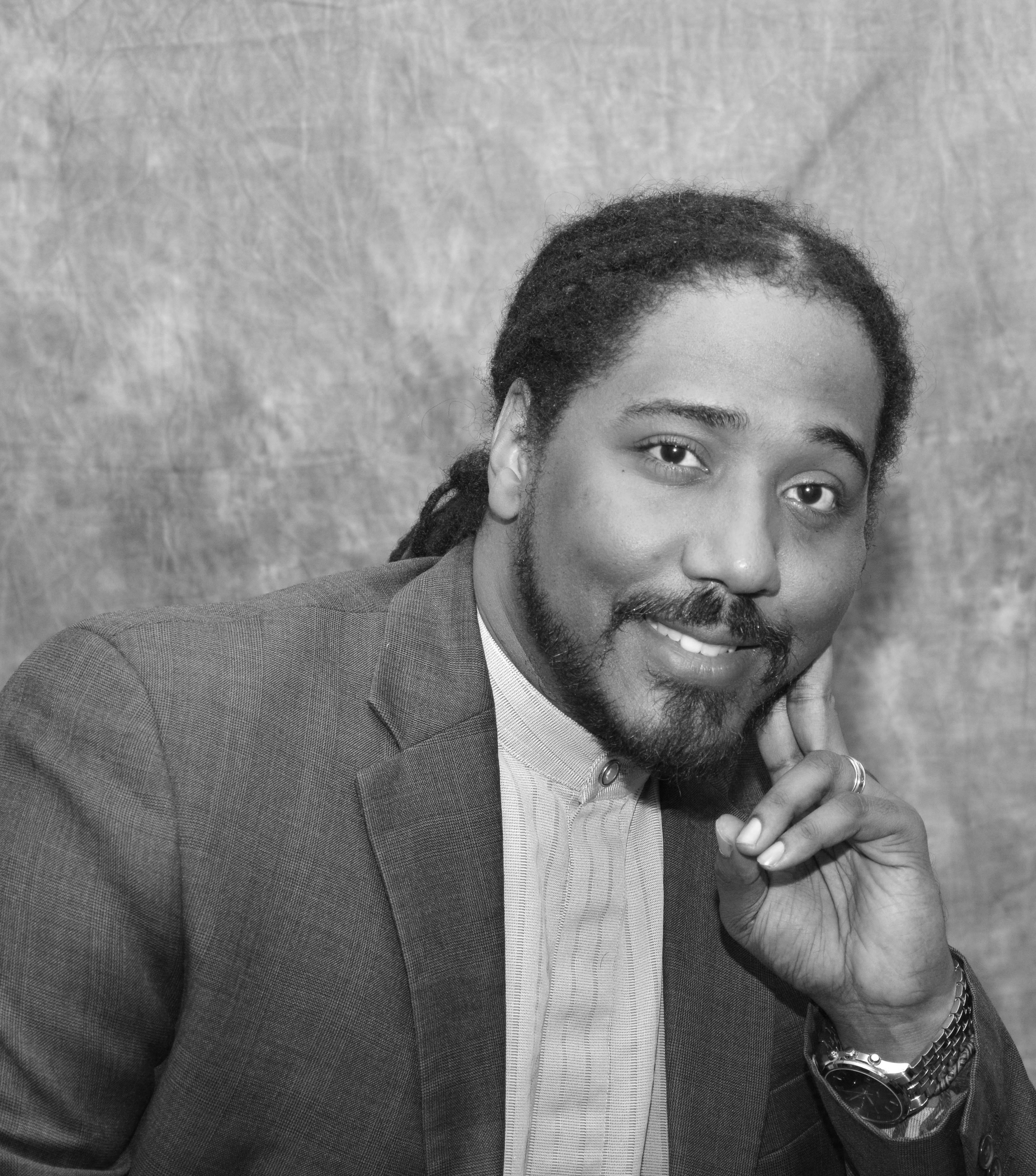Q&A with Rahman Culver, Blair's new Diversity and Inclusion Instructional Coordinator
This conversation has been edited for clarity and brevity.
Why was the Diversity and Inclusion Instructional Coordinator position created specifically this year?
This role was created based on the vision of Principal Renay Johnson. It was instituted over the summer when the entire country was engaged in this collective reflection and reckoning for us to face the extent of racial injustice and bias in our nation's institutions. These issues aren’t new. What’s new is the nation's willingness to engage around it with any level of consensus. Blair is no different. We've always upheld as a tenet of our community that we value our diversity and try to ensure that we’re celebrating and respecting those different cultures, backgrounds, genders, and so on. This position was created to engage in a deeper commitment and create a more intense focus on some of the priorities we've had for a long time.
What responsibilities does your new role entail?
I engage in a couple of different major areas. I work in tandem with the administrative team to help provide strategic leadership and planning around some of these issues. As a school, we have the big, lofty goal of increasing equity, but how do we start to strategize and come up with incremental milestones and targets that will help us arrive at that goal?
Another big focus is training and professional development for my colleagues. A lot of teachers and staff want to engage in this work. They want to have these conversations, be a trusted and safe adult, and have relational trust around these issues with their students. But they just feel unprepared. I am behind a lot of the work that provides support for teachers. I helped develop the recent lesson in innovation periods around race and equity, specifically microaggressions.
Another thing I do is data assessment. How do we measure how we’re doing? It's one thing to have a goal, but we have to know how well we're progressing toward that goal.
The last thing is I engage with community organizations and partners. I'm working with the Student Government Association (SGA) right now on a project that will allow students to collaborate directly with teachers to develop lessons that are more culturally responsive and help have conversations around race as it relates to each particular content area because it does impact every content area. The question is how students can have a leading voice in this. What do students want to talk about? All of that falls under the purview of this role.
What are some specific steps you are taking to make Blair more equitable?
We can't talk about equity without looking at our application programs. We have to look at who’s participating in these programs––AP participation is similar in this regard. What is the culture in these rooms? How can we expand access so there are fewer disparities in participation? How can we improve the culture in these classrooms for students of color and ensure the climate is welcoming for all students?
Our publications are something else that I’ve been looking at. When we look at the leadership and staffing in publications, do they fully represent the community? That’s at the heart of all of these questions. Does the participation in our classrooms, extracurriculars, and everything else within Blair mirror the full demographic makeup of our school? If not, we have to be thinking about what we can do to change that.
I am a Blair Magnet alumnus myself. I know what it’s like to sit in those classrooms and not see many people who look like me. In the wake of this reckoning, folks are looking squarely at magnet programs and questioning their role in recreating inequities in society. Thomas Jefferson High School in Fairfax County in Virginia just abolished their program’s admission test because as a community they decided they wanted to expand access and equity. I expect MCPS and Blair will look at similar types of interventions. I’d love to see us respond in a similar way.
What do you want students to know?
When students have concerns, I’m an additional person they can reach out to. Student voices have to be what drives this process. For everyone who feels like these conversations are overdue or there’s a better way that we could be doing this, reach out and speak up in class. We have to create a culture where it’s the norm to talk about these issues. It shouldn’t feel like we’re somehow impolite or not on task because we want to talk about these issues. It's not going to get better if we can't confront these systemic issues around race, gender, misogyny, patriarchy, transphobia, homophobia, and more. This is our job as a community and I hope everyone feels comfortable seizing this moment to make sure we keep this on the forefront.
Show comments
Comments
No comments.
Please ensure that all comments are mature and responsible; they will go through moderation.
